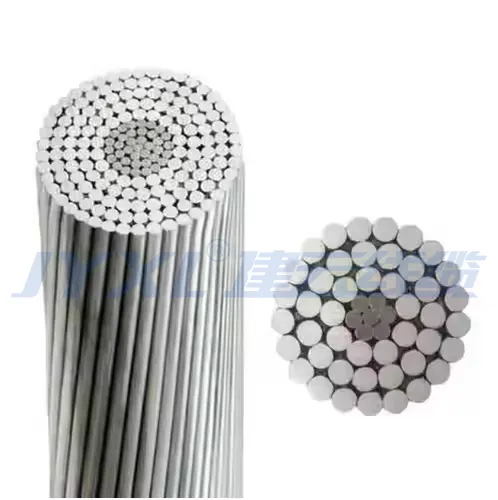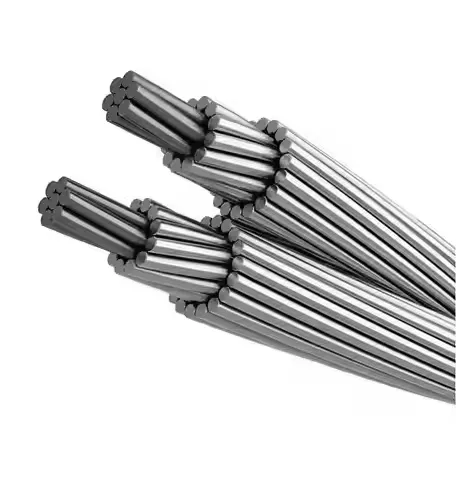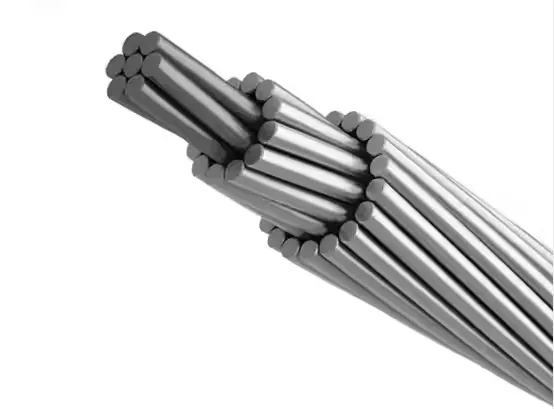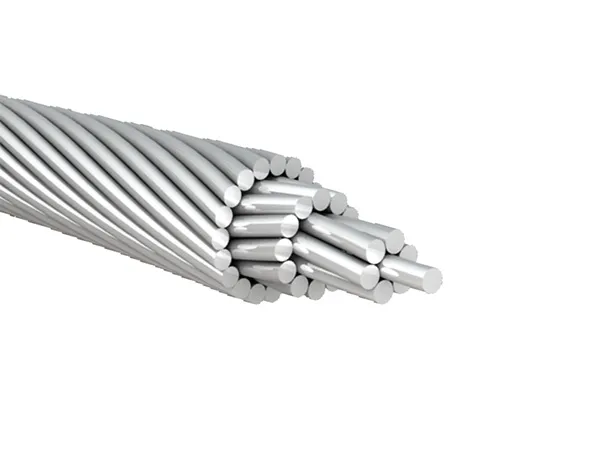Time: 2025-07-30 14:59:48 Source: Henan Province Jianyun Cable Co., Ltd.
Aluminum Conductor Steel Reinforced (ACSR) conductors are a cornerstone of overhead power transmission and distribution systems due to their cost-effectiveness, combining the high conductivity of aluminum with the mechanical strength of a steel core. This balance of performance and affordability makes ACSR conductors a preferred choice for utilities and power grid operators worldwide. This document explores the key factors contributing to the cost-effectiveness of ACSR conductors, supported by technical and economic considerations, presented in a formal and structured manner.

ACSR conductors consist of a central steel core (single or stranded) surrounded by layers of aluminum strands, typically EC-grade (1350-H19) aluminum with 61% IACS conductivity. The steel core provides tensile strength for long spans, while aluminum ensures high electrical conductivity. ACSR conductors are uninsulated, relying on air as the dielectric medium, and are used in low, medium, and high-voltage overhead lines. They are standardized under specifications such as IEC 61089, ASTM B232, and BS EN 50182, offering various configurations (e.g., Drake, Sparrow) to meet diverse project requirements.
Several factors make ACSR conductors cost-effective for overhead power transmission and distribution:
| Cost-Effective Factor | Description | Impact |
|---|---|---|
| Low Material Cost | Aluminum cheaper than copper, minimal steel use | 30–40% cost savings vs. copper |
| High Strength-to-Weight | Steel core supports long spans | 10–20% fewer poles |
| Reduced Power Losses | Low resistance (e.g., 0.07 Ω/km for Drake) | Lower energy losses |
| Simplified Installation | Fewer accessories, standard equipment | 15–25% lower installation costs |
| Long Service Life | 25–40 years with corrosion resistance | Reduced replacement costs |
Comparing ACSR with other conductors highlights its cost-effectiveness:
| Conductor Type | Material Cost | Strength | Installation Cost | Applications |
|---|---|---|---|---|
| ACSR | Moderate | High (steel core) | Low | Low to EHV transmission |
| AAC | Low | Moderate | Higher (more poles) | Short-span distribution |
| Copper | High | High | Moderate | Specialized high-conductivity lines |
| ABC | High | Moderate | High | Urban/rural low-voltage |
ACSR conductors’ cost-effectiveness makes them suitable for various overhead power applications:
| Application | Voltage Range | Cost Benefit |
|---|---|---|
| High-Voltage Transmission | 69–500 kV | Long spans, fewer poles |
| Rural Distribution | 11–33 kV | Low material/installation costs |
| Renewable Energy | 11–132 kV | Efficient long-distance transmission |
While cost-effective, ACSR conductors have limitations that require mitigation:
| Limitation | Mitigation Strategy |
|---|---|
| Safety Risks | Vegetation management, clearance standards |
| Corrosion | Heavy galvanization, grease coatings |
| Maintenance Costs | Periodic inspections, corrosion-resistant designs |
Aluminum-core ACSR conductors are cost-effective for overhead power transmission due to their low material costs, high strength-to-weight ratio, reduced power losses, simplified installation, and long service life. Compared to AAC, copper, or ABC conductors, ACSR offers a balanced solution for long-distance, high-voltage, and rural applications, minimizing infrastructure and operational expenses. By addressing limitations like corrosion and safety risks through proper design and maintenance, ACSR conductors remain a reliable and economical choice for power grids, compliant with standards like IEC 61089 and ASTM B232.

High strength electrical wire Aluminum Conductor Steel Reinforced ACSR Conductor

Overhead Line ACSR Bare Conductor ACSR Conductor 1/0 for Overhead Applications

Convenient installation electrical power wire Aluminum Conductor Steel Reinforce

All aluminum conductor (AAC) cables are designed to provide efficient electrical